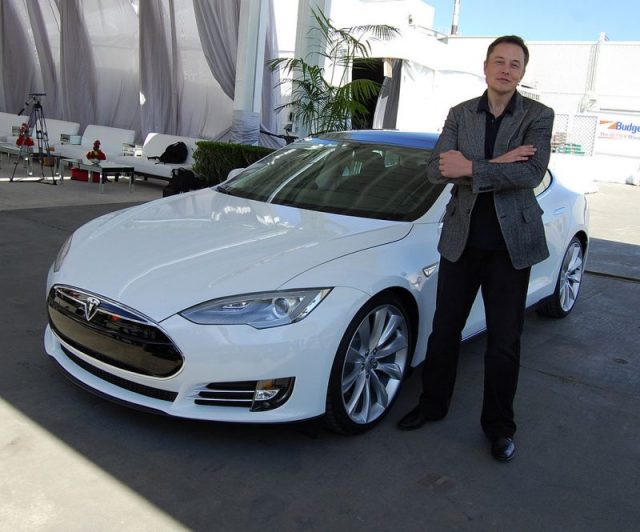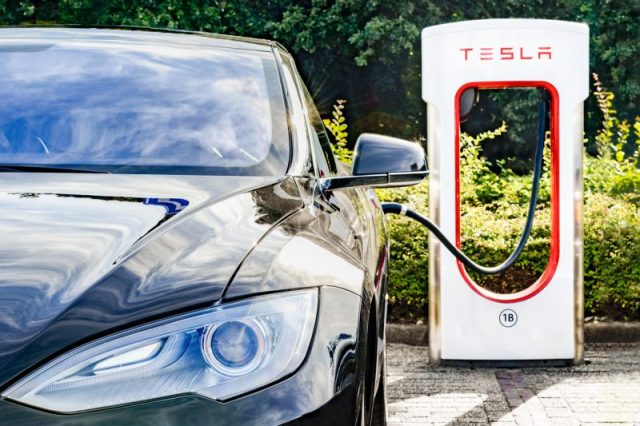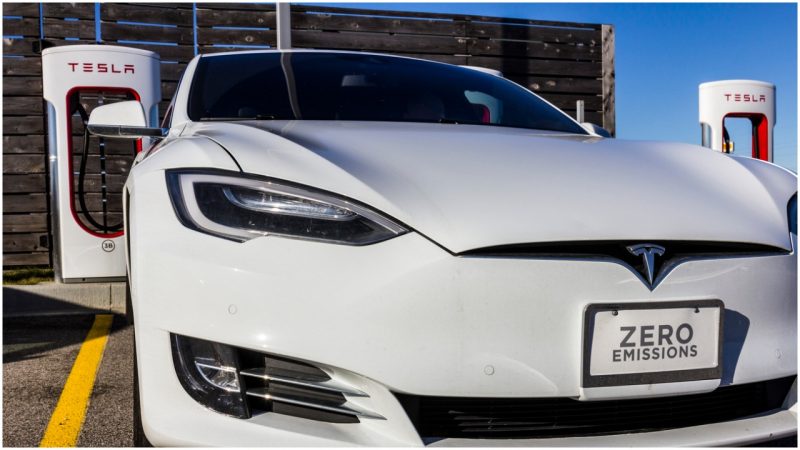“Despite intense efforts to raise money, including a last-ditch mass sale of Easter Eggs, we are sad to report that Tesla has gone completely and totally bankrupt.”
This Twitter post by @ElonMusk went out on April Fool’s Day, which happened also to be Easter this year, following some of the worst month’s of Tesla’s spectacular history. It was a joke, in case the date and the Easter Eggs didn’t tip you off.
But Tesla is hardly immune to financial catastrophe, and Musk may be in a better position to joke about his prospects this time. In 2008, Tesla and Musk’s concurrent Space X program were just hours away from bankruptcy, when a billion-dollar rescue package came through on Christmas Eve in 2008. That was a merry present, no joke.
Musk is nothing if not a risk taker. As of April 2018, the inventor, investor, and influencer had a net worth of nearly $20 billion, according to Forbes.
Born in South Africa, Musk taught himself code by age 12. He graduated from the Wharton School of Economics, and then spent just two days in Stanford’s PhD program before dropping out to pursue entrepreneurship. In his twenties, he co-founded the company that became PayPal, which was later absorbed by eBay, scoring his first huge payday of many millions.

In 2002, with $100 million of his own money, Musk founded Space X, an aerospace transport services company. The following year he co-founded Tesla, the sexy electric-car company that is the main source of his current wealth. He serves as CEO and designer for both Space X and Tesla. He is also co-founder of OpenAI, which seeks to make artificial intelligence friendly.
The year 2008 was pivotal for Musk’s premier companies, not to mention the business world at large, in the midst of the Great Recession. He described 2008 as “the worst year in my life,” according to Aeon magazine. SpaceX’s three attempts to launch a satellite had flamed out—literally—blowing up before reaching space. In September, the global financial crisis resulted in the collapse of the prestigious investment bank Lehman Brothers. Capital was hard to come by. Two weeks later, Musk got a big break, when SpaceX successfully launched into orbit the first privately funded liquid-fuel satellite, Falcon 1. Musk’s team cheered.
At the same time, Musk took control of Tesla from his co-founders and oversaw development of its first electric sports car, the Tesla Roadster. By October 2008, Tesla had 1,200 pre-orders for the battery-operated sports car. But cost overruns, management problems, and engineering issues meant only 60 orders had been filled. Musk personally guaranteed all the orders and laid off 90 percent of the Detroit office. But even with a $200 million loan from the U.S. Department of Energy, Tesla was burning through $4 million a month, according to a Bloomberg report, and Musk was having a hard time making payroll.
Musk was in the midst of a messy divorce—which his ex-wife was blogging about—and borrowing cash from (rich!) friends for living expenses, according to Aeon. Both his companies needed more capital. When Musk looked at the books, on paper it seemed like only one of the companies could survive.
“I could either pick SpaceX or Tesla or split the money I had left between them,” Musk said in his 2015 biography by Ashlee Vance. “That was a tough decision. If I split the money, maybe both of them would die. If I gave the money to just one company, the probability of it surviving was greater, but then it would mean certain death for the other company. I debated that over and over.”
December 2008 was a rollercoaster of emotional drama and risk. Musk learned that NASA was on the verge of awarding $1 billion’ worth of contract to resupply the Space Station, according to Vance, and that SpaceX was a front runner to receive a portion of the funds.

Angling to save both companies and with NASA’s approval, Musk borrowed money from SpaceX to fund Tesla. He amassed $20 million and asked investors to match that amount. He was close to finalizing the paperwork, when he noticed a key investor had not signed off, and when contacted, that investor threw up more roadblocks. Musk was forced to restructure the financing at the last minute.
On December 23, 2008, SpaceX received a terrific Christmas Eve Eve present: NASA awarded it a $1.6 billion contract to resupply the space stations. The next day, Christmas Eve, the Tesla deal went through, mere hours before the company would’ve gone bankrupt. According to Vance, Musk had just a few hundred thousand dollars left to his name at the time.
“He has the ability to work harder and endure more stress than anyone I’ve ever met,” Antonio Gracia, a Musk friend and Tesla investor, told Vance. “What he went through in 2008 would have broken anyone else. Most people who are under that sort of pressure fray. Their decisions go bad. Elon gets hyperrational. He’s still able to make very clear, long-term decisions. The harder it gets, the better he gets.”
